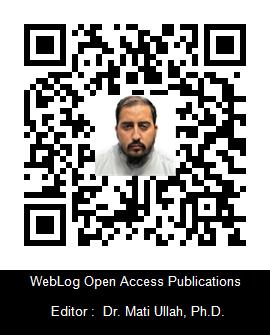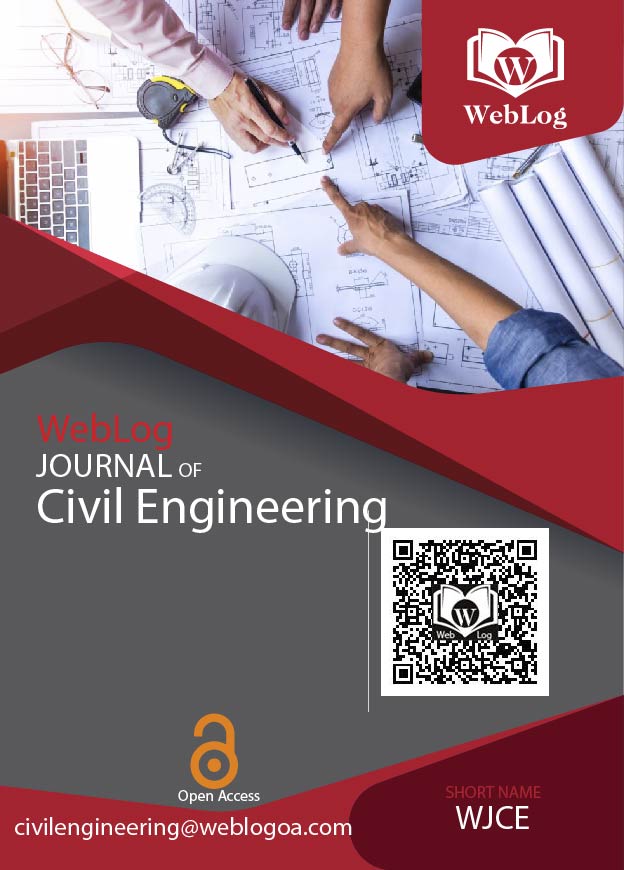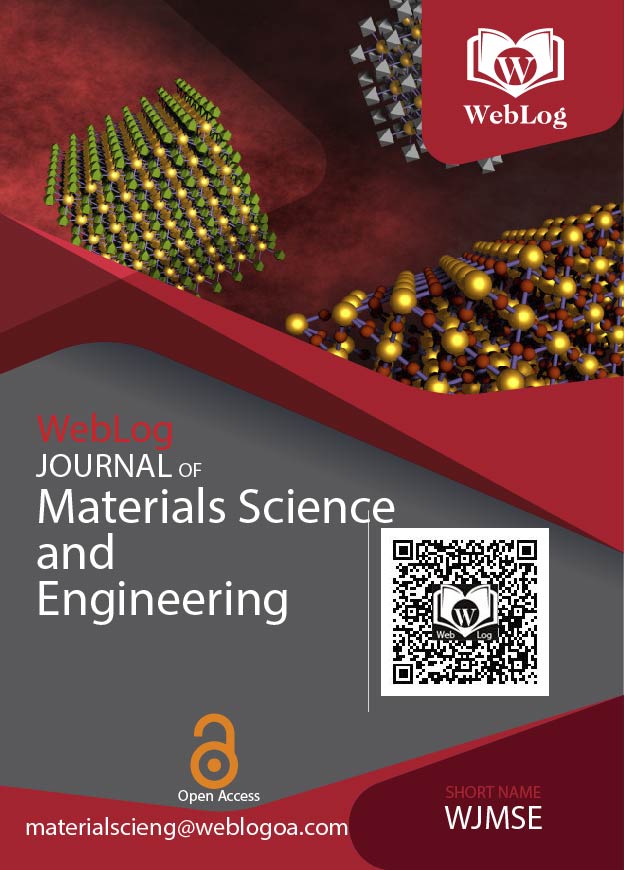Editor Profile

Dr. Mati Ullah, Ph.D.
Research Associate
Sep 2024 - Present
Department of Civil & Environmental Engineering, Qatar University
Doha
Qatar

Mati Ullah is a dedicated Civil and Structural Engineer with a strong academic and research-oriented background, specializing in structural health monitoring, image processing, and artificial intelligence applications in civil infrastructure. He is currently a Research Associate in the Department of Civil and Environmental Engineering at Qatar University, where he is also pursuing his Ph.D. in Civil/Structural Engineering. His doctoral research focuses on Machine Vision and AI-based Health Monitoring of Structures and Infrastructures, aiming to integrate advanced computational tools into conventional engineering practices for improved diagnostics and performance evaluation.
He earned his Bachelor of Science in Civil Engineering from the University of Engineering and Technology (UET) Peshawar in 2017, followed by a Master of Science in Structural Engineering from UET Taxila in 2020. His MSc thesis, “Output Only Testing Methodology for Damage Characterization after Seismic Events in RC Frame Structures,” explored dynamic response-based techniques for post-earthquake structural assessment.
Professionally, Mati Ullah has contributed across both academic and industrial sectors. From 2021 to 2024, he served as a Lecturer at Government College of Technology Swat (KP-TEVTA), where he taught engineering courses and guided student projects. His earlier experience includes roles as a Trainee Engineer at the National Highway Authority Headquarters and as a Site Engineer with Al-Habib Construction Company, gaining firsthand exposure to infrastructure development, highway maintenance, and construction site management.
Mati Ullah’s research is well-published in reputable journals and conferences. His interests include deep learning-based image segmentation, recycled aggregate concrete behavior, non-destructive damage detection, and sustainable construction materials.He possesses strong technical expertise in software and tools such as MATLAB, Python, ETABS, SeismoStruct, AutoDesk, and has hands-on experience in machine learning, deep learning, and computer vision applications in civil engineering.
Mati Ullah is recognized for his analytical mindset, collaborative approach, and strong communication skills, making him a valuable contributor to multidisciplinary research teams. He has been mentored and recommended by distinguished faculty, including Dr. Vagelis Plevris (Qatar University), Dr. Afaq Ahmad, and Dr. Syed Saqib Mehboob (UET Taxila).
With a forward-thinking perspective, Mati Ullah continues to explore the intersection of engineering and technology, contributing to the advancement of sustainable and smart infrastructure solutions.
- Image Processing in Civil Engineering
- Deep Learning & Computer Vision
- CNN-based segmentation models
- Application of semantic segmentation to analyze concrete microstructure
- Image-based prediction of mechanical properties of concrete
- Artificial Neural Networks (ANN)
- Prediction of compressive strength and other mechanical properties of concrete
- Optimization algorithms for performance enhancement
- Non-Destructive Testing (NDT) Techniques
- Alternative smart methods for concrete evaluation using image-based tools
- Smart Monitoring Systems
- Structure health monitoring using image processing
- Supplementary cementitious materials
- Improving concrete durability and life cycle with eco-friendly alternatives
- Integrating sensors and computer vision for real-time diagnostics
- Systematic Reviews and Meta-Analysis in Civil Engineering
- Reviewing recent advances in computer vision for concrete analysis
- Concrete forensic analysis using deep learning-based coarse aggregate segmentation. Automation in Construction 162 (2024): 105372.
- Parametric Investigation of GFRP-Reinforced Jute Fibre-Reinforced Recycled Aggregate Concrete Elements (Volume 45, November 2022, Pages 1043-1061), Structures.
- Damage detection in RC structures for random input signals using jerk-energy curvature diagram (International Conference on Sustainable Development in Civil Engineering, MUET, Pakistan (December 05-07, 2019)).
- Performance evaluation of mortarless brick masonry (Vol 41 No 3, July, 2022, Mehran University Research Journal of Engineering & Technology).
- Selection of Best Fit Correlation for Compression Index of Soil from District Bannu (Volume 38, 1 January 2019 Mehran University Research Journal of Engineering & Technology).
- Experimental evaluation of hot mix asphalt using coal bottom ash as partial filler replacement." Roads and Bridges-Drogi i Mosty 22, no. 2 (2023): 167-179.
- Statistical Subspace-Based Damage Detection and Jerk Energy Acceleration for Robust Structural Health Monitoring." Buildings 13, no. 7 (2023): 1625.
- Assessing the Effect of Cement Replacement Materials on Air Voids in Concrete though Image Processing (Under Review, Submitted to Journal: Case Studies in Construction Materials).
- Enhancing Shear Strength in RC Beams: A Synergistic Approach with Steel Chips and Wire Mesh, Journal Kejuruteraan.
- Comparative Study of Shear-Span-To-Depth And Reinforcement Ratio On High-Strength Concrete Beams, Civil and Environmental Engineering.


